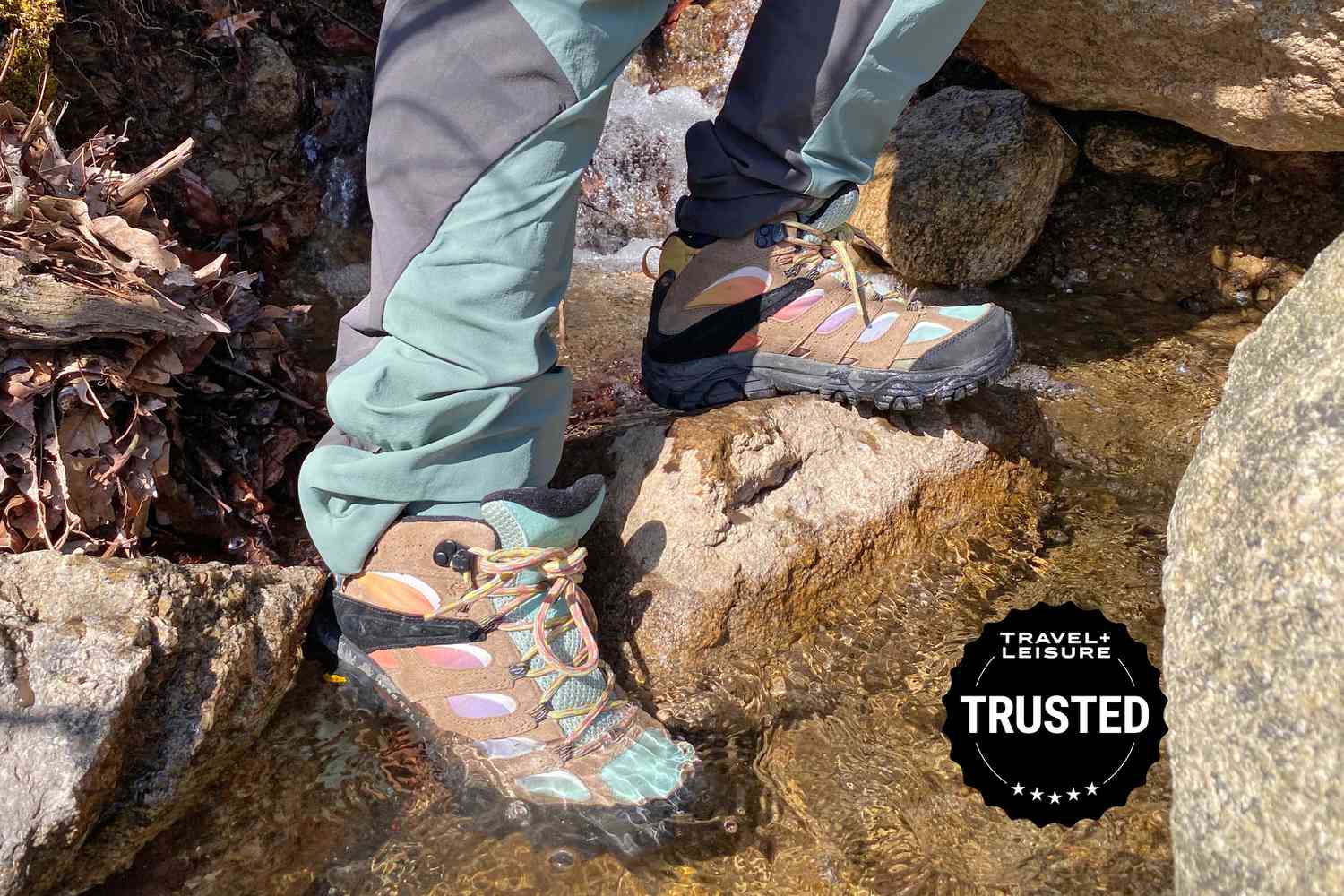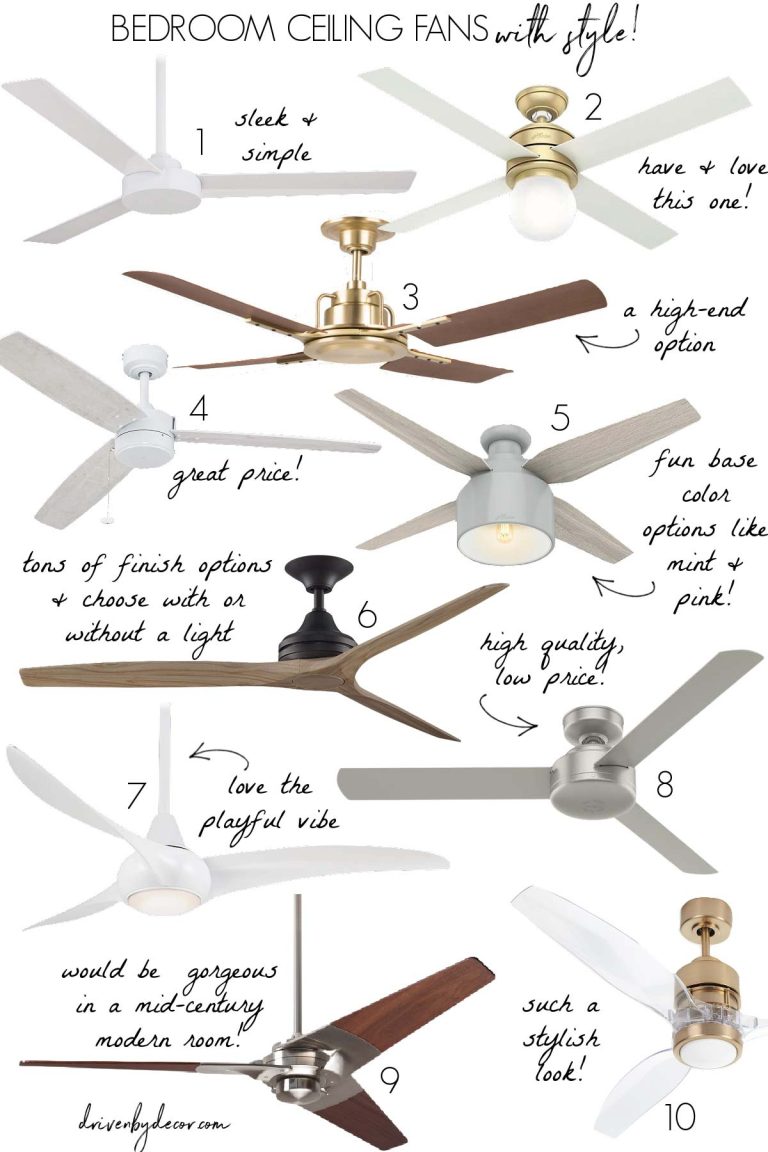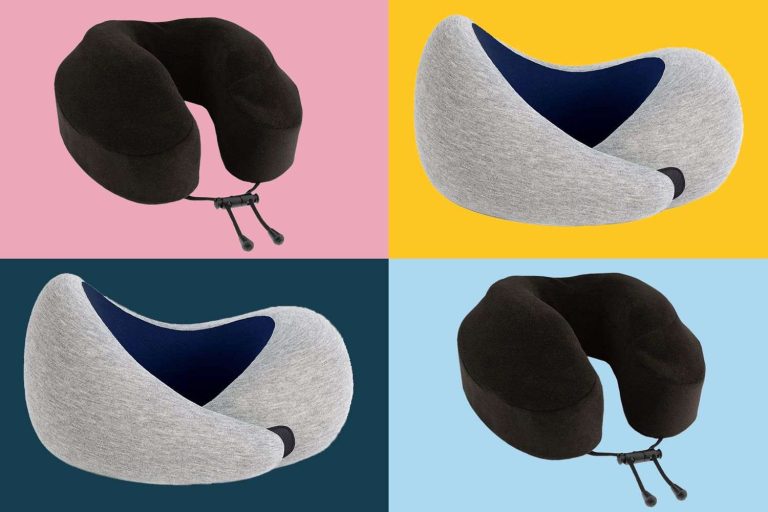9 Best Hiking Shoes for Men: Top Picks for Comfort, Durability, and Support
Ready to hit the trails but unsure which hiking shoes will keep your feet happy? Choosing the right pair can make or break your outdoor adventure. Whether you’re tackling rugged mountain paths or enjoying a leisurely forest walk, the perfect hiking shoes provide the support, comfort, and durability you need.
1. Best Overall Hiking Shoe
Finding the best overall hiking shoe can significantly enhance your hiking experience by providing the perfect balance of support, comfort, and durability.
Key Features
Advanced Cushioning: Offers excellent support for long hikes, reducing foot fatigue.
Waterproof Material: Keeps your feet dry in wet conditions, ensuring comfort in all weather.
Slip-Resistant Outsole: Provides exceptional grip on various terrains, enhancing stability.
Breathable Upper: Promotes airflow, preventing overheating and keeping your feet cool.
Lightweight Design: Ensures ease of movement, allowing you to hike longer without feeling weighed down.
Pros and Cons
- Excellent durability and longevity due to high-quality materials.
- Superior comfort with advanced cushioning even on long, uneven trails.
- Impressive traction on slippery and rugged surfaces.
- Keeps feet dry with waterproof properties.
- Lightweight, reducing overall fatigue during hikes.
- Higher price point due to premium materials and features.
- May require a break-in period to achieve optimal comfort.
- Can be too specialized for casual, light hiking.
2. Best Value Hiking Shoe
Finding a hiking shoe that offers the best value means balancing performance and affordability. Let’s explore the key features that set this shoe apart, along with its pros and cons.
Key Features
- Durable Materials: Expect robust construction using materials like synthetic leather and nylon, ideal for lasting wear.
- Comfortable Design: Look for padded collars and cushioned insoles that ensure your feet stay comfortable on long treks.
- Solid Traction: Grippy outsoles made from high-quality rubber excel on varied terrains, offering you reliable traction.
- Water Resistance: Many incorporate water-resistant uppers, helping to keep your feet dry in wet conditions.
- Breathability: Mesh panels improve ventilation, reducing the likelihood of sweaty feet.
Pros and Cons
- Affordable: These shoes deliver performance without breaking the bank.
- Versatile: Suitable for a wide range of hiking conditions, making them a great all-around option.
- Lightweight: You’ll appreciate the reduced weight, which minimizes fatigue during long hikes.
- Less Advanced: They may lack high-end features like Gore-Tex linings, making them less suitable for extreme environments.
- Longer Break-In Period: Some models might require more time to become as comfortable as premium options.
- Moderate Durability: While durable, they’re not as robust as higher-priced, specialized hiking shoes for intensive use.
3. Best Lightweight Hiking Shoe
When you’re hitting the trails, having a lightweight hiking shoe can make a huge difference. It offers agility and comfort, making your hikes more enjoyable.
Key Features
Do you value weight savings on long hikes? This shoe is for you. It often features a breathable mesh upper, reducing weight and allowing ventilation. An EVA midsole provides excellent cushioning without adding bulk. You’ll find solid grip thanks to specialized outsoles, often made of lightweight rubber compounds. Many lightweight hiking shoes include a quick-lacing system, speeding up the process of securing your shoes.
Pros and Cons
Enjoy exceptional comfort and agility with these shoes. Their lightweight construction minimizes fatigue, especially on long trails. Enhanced breathability keeps your feet dry and cool, even during strenuous hikes. Quick lacing systems make adjustments fast and easy, giving you more time to enjoy the outdoors. However, they may offer less durability compared to heavier options. You might find reduced ankle support, which could be a concern on rough terrains or for hikers with weak ankles. Additionally, while great for warmer climates, they might not be suitable for cold or wet environments.
4. Best Waterproof Hiking Shoe
Selecting the right waterproof hiking shoes ensures that your feet stay dry in wet and muddy conditions, contributing to a more enjoyable hike.
Key Features
Waterproof Membranes:
Provide a barrier against moisture while allowing sweat to escape.
Gusseted Tongues:
Prevent debris from entering your shoes, keeping your feet clean and comfortable.
Durable Outsoles:
Offer excellent traction in wet conditions, minimizing slipping on muddy or rocky terrains.
Pros and Cons
Pros:
Keep Feet Dry:
Waterproof materials ensure dry feet in rainy or wet environments.
Enhanced Comfort:
Cushioned and breathable designs maintain comfort during long hikes.
Superior Grip:
Specialized outsoles improve stability and safety on slippery surfaces.
Cons:
Reduced Breathability:
Waterproof membranes can reduce airflow, causing feet to feel warm during long hikes.
Weight Concerns:
Waterproof features might add weight compared to non-waterproof counterparts.
Extended Break-In Period:
Sturdy construction may require more time to break in for optimal comfort.
5. Best for Hiking and Running
When you need a shoe that performs equally well on trails and pavement, a hiking and running hybrid is your best bet. These shoes offer versatility without sacrificing any of the crucial elements needed for both activities.
Key Features
These shoes typically feature lightweight, breathable materials that keep your feet cool. They often include responsive midsoles that provide cushioning and support during long runs. Durable outsoles with multi-directional lugs offer excellent traction on varied terrains, ensuring stability whether you’re sprinting on roads or tackling rocky paths. Look for a snug yet flexible fit that can adapt to your foot’s movements, minimizing the risk of blisters or discomfort.
Pros and Cons
Pros:
- Versatility: Perform well for both hiking and running, eliminating the need for separate shoes.
- Breathability: Lightweight materials keep your feet dry and cool during intense activities.
- Comfort: Cushioned midsoles absorb impact, reducing fatigue over long distances.
- Traction: Outsoles with lugs offer stability on different surfaces, enhancing safety.
- Durability: May wear out faster than specialized hiking shoes due to dual-purpose design.
- Support: Might lack the rigid support found in dedicated hiking shoes, affecting performance on rugged trails.
- Price: Often more expensive than single-purpose shoes, reflecting their multifunctional capabilities.
Select these hybrid shoes when you want a versatile option that transitions seamlessly between running and hiking, providing comfort and performance in a single package.
6. Best for Rough Terrain
When tackling challenging landscapes, you’ll need shoes that provide unmatched stability and protection. Here are the key features and pros and cons of the best hiking shoes for rough terrain.
Key Features
- Durable Materials: Constructed with high-quality leather or synthetic materials to withstand harsh conditions.
- Reinforced Toe Caps: Added protection from rocks, roots, and debris.
- Aggressive Outsoles: Deep lugs and multidirectional traction for superior grip on uneven surfaces.
- Stability and Support: Robust construction with ankle support to prevent injuries.
- Waterproofing: Advanced materials to keep your feet dry in wet conditions.
Pros and Cons
- Exceptional Durability: Withstand the roughest terrain without wearing out quickly.
- Outstanding Traction: Provide a secure grip on slippery and uneven surfaces.
- Enhanced Protection: Toe caps and robust construction protect against injuries.
- Waterproofing: Keep your feet dry, enhancing comfort in various weather conditions.
- Heavier Weight: These shoes can be heavier due to their durable build.
- Break-in Period: May require time to soften and conform to your feet.
- Cost: High-quality materials and features can lead to a higher price point.
- Less Breathable: Enhanced waterproofing can reduce ventilation, leading to hot feet.
7. Best Sustainable Hiking Shoe
Choosing sustainable hiking shoes not only benefits the environment but also provides you with reliable performance. Here’s what to look for.
Key Features
Sustainable Materials. Shoes made from recycled plastics or natural fibers.
Eco-Friendly Manufacturing. Reduced carbon footprint processes.
Durability. High-quality materials ensure a long-lasting product.
Ethical Sourcing. Fair trade and labor practices.
Pros and Cons
Pros:
- Environmentally Friendly: Low environmental impact.
- Durable: Long-lasting materials.
- Support Ethical Practices: Contributes to fair labor standards.
- Price: Tend to be more expensive.
- Limited Options: Fewer styles and brands available.
Opting for sustainable hiking shoes ensures you’re making a positive impact without compromising on performance.
8. Best Leather Hiking Shoe
Leather hiking shoes offer durability and classic style, making them a popular choice for outdoor enthusiasts.
Key Features
Durability: Leather hiking shoes are known for their long-lasting quality, enduring many hiking trips.
Water Resistance: Most leather models come treated with waterproof coatings, keeping your feet dry.
Support: Leather provides excellent ankle and foot support, helping prevent injuries.
Breathability: These shoes often include breathable linings, preventing excessive sweating.
All-Terrain Traction: Leather hiking shoes typically feature rugged outsoles, ensuring grip on various terrains.
Pros and Cons
- Longevity: With proper care, leather hiking shoes can last many years.
- Support: These shoes offer superior ankle support compared to synthetic options.
- Aesthetics: Leather provides a classic, stylish look.
- Break-In Period: Leather shoes require time to soften and conform to your feet.
- Weight: They can be heavier than synthetic alternatives, adding to your hiking load.
- Maintenance: Regular cleaning and conditioning are necessary to keep leather in good condition.
9. Best High-Top Hiking Shoe
When you need extra ankle support on challenging trails, a high-top hiking shoe is your best bet. These shoes offer enhanced stability and protection, perfect for rugged terrains and long hikes.
Key Features
- Ankle Support: High-top design provides superior ankle stability, reducing the risk of sprains and injuries.
- Durable Materials: Often made with tough leather or synthetic materials that withstand harsh conditions.
- Reinforced Toe Cap: Added protection for your toes against rocks and roots.
- Waterproofing: Many come with a waterproof membrane to keep your feet dry in wet conditions.
- Cushioned Insole: Enhanced comfort with well-cushioned insoles that absorb shock.
- Pros:
- Excellent Support: The high-top design supports your ankles, vital for rocky terrains.
- Durability: Manufactured from sturdy materials, these shoes last longer.
- Toe Protection: Reinforced toe caps guard against impact.
- Water Resistance: Ideal for wet environments with waterproof features.
- Comfort: Cushioned insoles provide much-needed comfort over long distances.
- Cons:
- Weight: Typically heavier than low-top options, which might slow you down.
- Breathability: Less ventilation compared to low-cut shoes, leading to warmer feet.
- Break-In Period: Requires time to mold to your feet, which might cause initial discomfort.
Conclusion
Choosing the right hiking shoes can make or break your outdoor adventure. Whether you’re tackling rough terrain or seeking eco-friendly options, there’s a perfect pair out there for you. Consider your specific needs and preferences, from ankle support to breathability and durability. Investing in quality hiking shoes ensures comfort, safety, and an enjoyable hiking experience. Happy trails!






